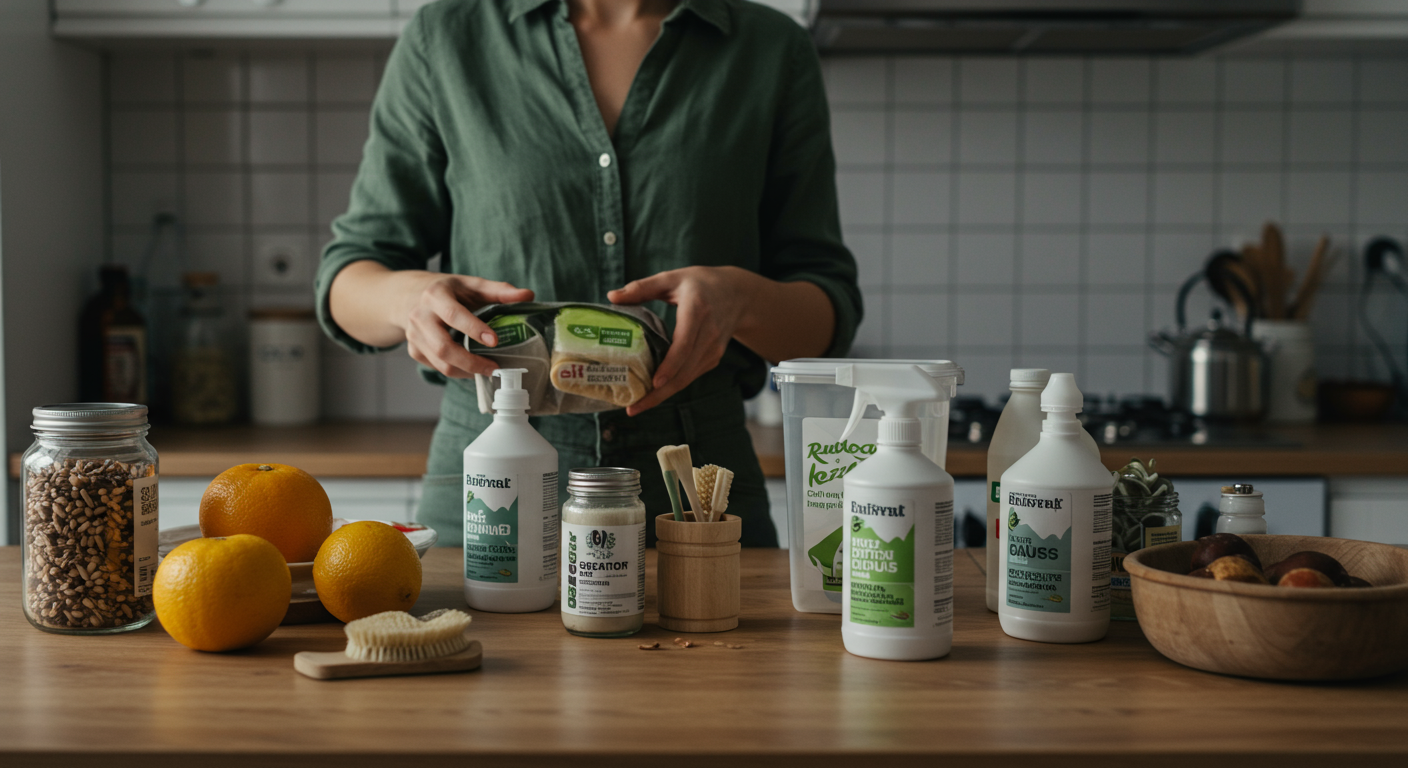Creating a sustainable home is more than just a trend; it's a commitment to a healthier environment and a more mindful lifestyle. This guide for eco-conscious consumers offers practical strategies for decluttering and detoxifying your living space, promoting resource conservation and a greener footprint. Let's dive into how you can transform your home into an eco-friendly haven.

Why Your Home Matters for Sustainability
Your home has a significant impact on the environment, from the products you use to the energy and water you consume. Embracing sustainable practices in your home can drastically reduce your carbon footprint, improve your indoor air quality, and promote a more mindful approach to consumption. Decluttering is a foundational step. By minimizing your belongings, you decrease waste and free up space for a more organized, healthier living environment.
Essential Energy-Saving Hacks
Making your home energy-efficient is a key aspect of sustainable living. Start by switching to LED Light Bulbs. They use up to 75% less energy and last much longer than traditional incandescent bulbs. You can also install a smart thermostat to automatically adjust your home's temperature, saving energy when you're away or asleep. Consider energy-efficient appliances, and remember to unplug electronics when not in use to prevent phantom energy drain.
Water Conservation Strategies for Every Room
Water is a precious resource. Implement water-saving strategies throughout your home. Install low-flow showerheads and faucets to reduce water consumption without sacrificing water pressure. In the bathroom, fix any leaky faucets or toilets promptly. In the kitchen, wash dishes efficiently, and consider collecting rainwater for your garden. These small changes can make a big difference in your water bill and the environment.
Sustainable Decor & Furnishing Tips
Choose sustainable and eco-friendly decor and furnishings to enhance the green aspects of your home. Look for furniture made from recycled materials or sustainably sourced wood. Opt for non-toxic paints and finishes to improve your indoor air quality. Consider buying second-hand furniture or upcycling existing pieces to reduce waste and give your home a unique character.
DIY Home Green Upgrades
There are many DIY projects that can make your home more sustainable. Seal windows and doors to prevent drafts and reduce energy loss. Create a composting system for your food scraps and yard waste to reduce landfill waste and create nutrient-rich soil for your garden. Make your own eco-friendly cleaning products using simple ingredients like vinegar, baking soda, and essential oils. These DIY projects save money and reduce your reliance on commercial products.
Smart Home Tech for Sustainability
Embrace smart home technology to optimize your home's sustainability. Smart plugs can help you monitor and control the energy usage of your appliances. Install a smart irrigation system to water your garden efficiently, using only the necessary amount of water. These technologies can make your home more efficient and environmentally friendly.
Reducing Your Home's Carbon Footprint
Assess and minimize your home's carbon footprint. Conduct a home energy audit to identify areas where you can improve energy efficiency. Consider renewable energy options like solar panels to generate your own electricity. Choose eco-friendly transportation options, such as biking or public transport, to reduce your carbon emissions from commuting.
Building a Truly Green Home
Building a truly green home requires a holistic approach. From the initial design to the construction materials, every aspect should be eco-conscious. Choose sustainable building materials, such as reclaimed wood and bamboo, and incorporate energy-efficient design elements, like passive solar heating and cooling. A green home is an investment in your health, the environment, and the future.